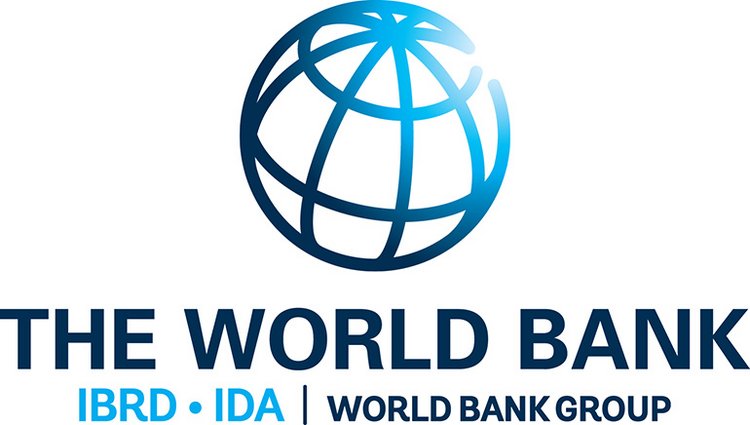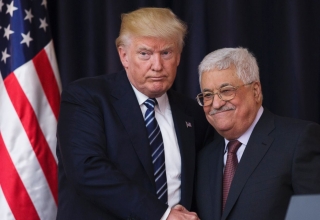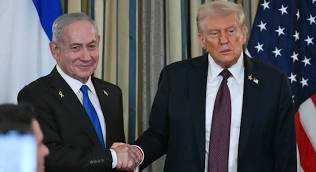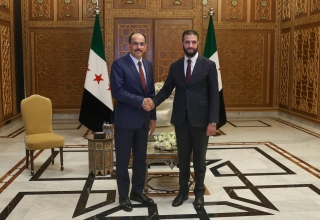
WASHINGTON: The World Bank’s management has approved a plan to use some $1 billion in a frozen Afghanistan trust fund for education, agriculture, health and family programs, according to a bank paper and two sources, in what would be a major boost to efforts to ease the country’s worsening humanitarian and economic crises.
The plan, outlined in the paper seen by Reuters on Friday, is to bypass sanctioned Taliban authorities by disbursing the money in the World Bank-administered Afghanistan Reconstruction Trust Fund (ARTF) through U.N. agencies.
It is set to be discussed by the World Bank board on March 1, sources familiar with the plan told Reuters, speaking on condition of anonymity. Donors to the fund would then need to give approval for the release of any money.
The move would follow a successful disbursement of $280 million from the same trust fund to the World Food Program (WFP) and U.N. children’s agency UNICEF to support nutrition and health in Afghanistan over the past few months.
The World Bank paper says the plan is to “make available just over US$1 billion in ARTF resources in calendar year 2022.” Recognizing that the situation remains fluid, the plan aims for flexibility by making four disbursals of a total $600 million and the remainder “on a priority basis” for the rest of the year.
The aim “is to protect the vulnerable, help preserve human capital and key economic and social institutions and reduce the need for future humanitarian assistance,” according to the World Bank paper. It called for the fund to be used for food security, health and education programs.
U.N. Secretary-General Antonio Guterres last month called for the release of the remaining $1.2 billion in the fund to help Afghanistan’s people survive the winter, stressing: “Time is of the essence.”
Access and equity: The United Nations is warning that nearly 23 million people – about 55 percent of the impoverished country’s population – are facing extreme levels of hunger, with nearly 9 million at risk of starvation.
Billions of dollars in Afghan central bank reserves, the World Bank-administered trust fund and foreign financial aid were frozen to keep it out of Taliban hands. The Islamist group seized power in August as foreign troops left after Afghanistan’s most recent war, which lasted 20 years.
Graeme Smith, senior consultant for the International Crisis Group think tank, said the World Bank plan would provide urgently needed money while circumventing the Taliban, whose leaders are under U.S. and U.N. sanctions.
“This helps to unstick a big chunk of money. It will get us rolling forward,” he said, adding that further efforts were needed to unfreeze the central bank assets.
The World Bank’s plan sets “minimum conditions for access and equity” aimed at ensuring girls are allowed in schools, female teachers can work, women are included in community councils, women-headed households receive food aid and female health workers are allowed to work.
It calls for some $150 million to be distributed through UNICEF for stipends to over 200,000 teachers who have not been paid for more than six months. Another $100 million would be earmarked to improve community resilience, $150 million to $200 million for food security, and $150 million for health programs.
The United States last week announced plans to free up half of the $7 billion in frozen Afghan central bank assets at the Federal Reserve Bank of New York to help the Afghan people. The rest was held to potentially satisfy terrorism-related lawsuits against the Taliban. —REUTERS








